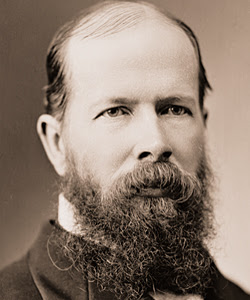Today’s edition of Wyoming Fact and Fiction will be a bit of each, maybe more fiction than fact.
With a big storm heading our way, southeast Wyoming, depending on the area, is expecting anywhere from 4 to 20 plus inches of snow.
Remember that snowman who was always in trouble for telling too many tall tales?
That guy was a real Snow-Flake. J
I do like the look of things in nature covered in snow but anymore I am not real crazy about scooping it.
I remember one year we got about a foot of snow and like any good neighbor I got out as soon as possible and an hour of hard labor later, nice clean sidewalks. During the night, the wind came up and blew most of the snow back in place on the sidewalks. I shoveled again the next morning, this practice went on for several days. I shovel in the morning and the wind blew it back on my sidewalks during the night. The snow never did melt it just wore out from tumbling back and forth so many times. J
So how cold and snowy was it?
With thanks to Dr. Phil Robert’s and his brothers, David and Steven, the following weather information was taken from their book, Wyoming Almanac.
Most snow in one season, 491.6 inches -- Bechler River (Yellowstone)
Most snow in 24 hours, 41 inches -- Glenrock (Central Wyoming. and to think I used to live there)
Coldest temperature -63 -- Moran (North of Jackson Hole in the Grand Teton National Park)
Hope this storm doesn’t turn into one of those days. To think that two days ago I played 9 holes of golf and was quite comfortable by adding only a sweatshirt and a pair of golf gloves – didn’t play very well, too many boogies, but it was nice being out.
 |
| Golf course today after yesterday's dusting of snow - believe this gal is waiting to tee off |
I have long wanted to own a personal home weather station. Well, guess what, I finally got mine. More and more people are getting them, I guess there is a way to put them online so that others can see what the weather is doing in your own little part of the world. So far I have not figured out how to get it online, but it doesn’t seem like it should be too difficult. If there were only, a USB cord attached!
Well, time to go out and find the snow shovel – looks like I may be needing it – Again.
| I like winter but by February I start to think of Spring! |













